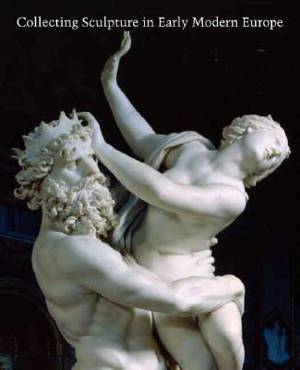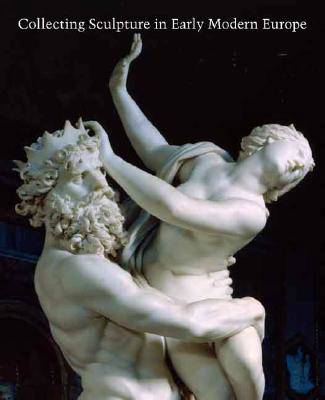
- Retrait gratuit dans votre magasin Club
- 7.000.000 titres dans notre catalogue
- Payer en toute sécurité
- Toujours un magasin près de chez vous
- Retrait gratuit dans votre magasin Club
- 7.000.000 titres dans notre catalogue
- Payer en toute sécurité
- Toujours un magasin près de chez vous
Description
Among the precursors of today's public museums, perhaps the most important are collections of sculpture formed in the early modern era by royal families, aristocratic amateurs, and artists. In this, the first book to survey the practice of collecting sculpture from late medieval times to the 19th century, twenty renowned scholars explore the collections of eminent artists and great princes throughout Europe. The case studies examine acquisition methods and the value that collectors placed on sculpture--coins, reliefs, busts, and statues--for opulent interior decoration and outdoor display or for use as studio models.
A wide range of topics is explored, including the appeal of antiquities, the Medici ivory collection, and the business of supplying garden statues in Northern Europe, as well as ways of displaying sculpture and the meanings it had when placed on the façade of a villa or in a palace garden. Together the essays allow a comparative reading of European sculpture collections and the motives underlying their formation.
Published by the National Gallery of Art, Center for Advanced Study in the Visual Arts / Distributed by Yale University Press
Spécifications
Parties prenantes
- Auteur(s) :
- Editeur:
Contenu
- Nombre de pages :
- 512
- Langue:
- Anglais
- Collection :
Caractéristiques
- EAN:
- 9780300121605
- Date de parution :
- 01-05-08
- Format:
- Livre relié
- Format numérique:
- Genaaid
- Dimensions :
- 240 mm x 283 mm
- Poids :
- 2889 g







